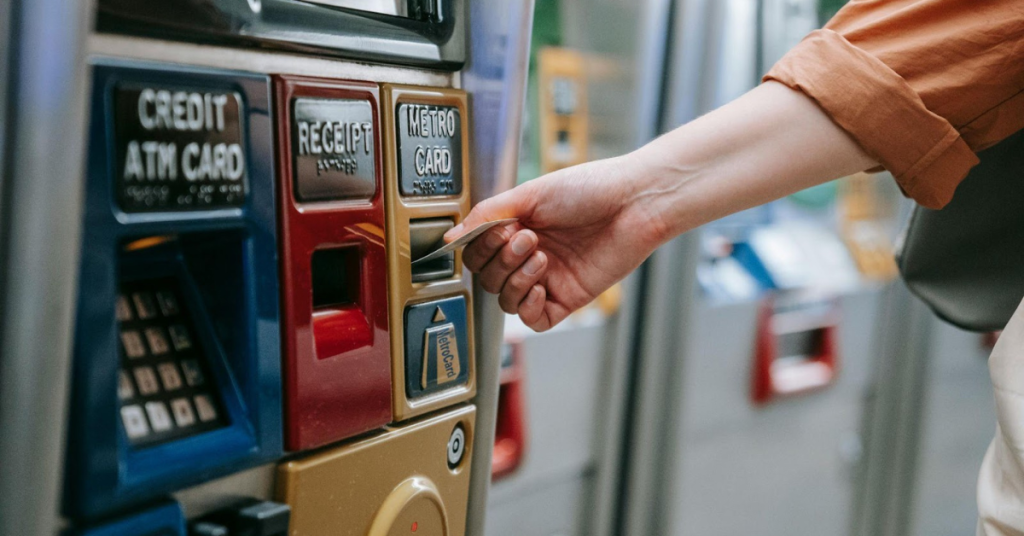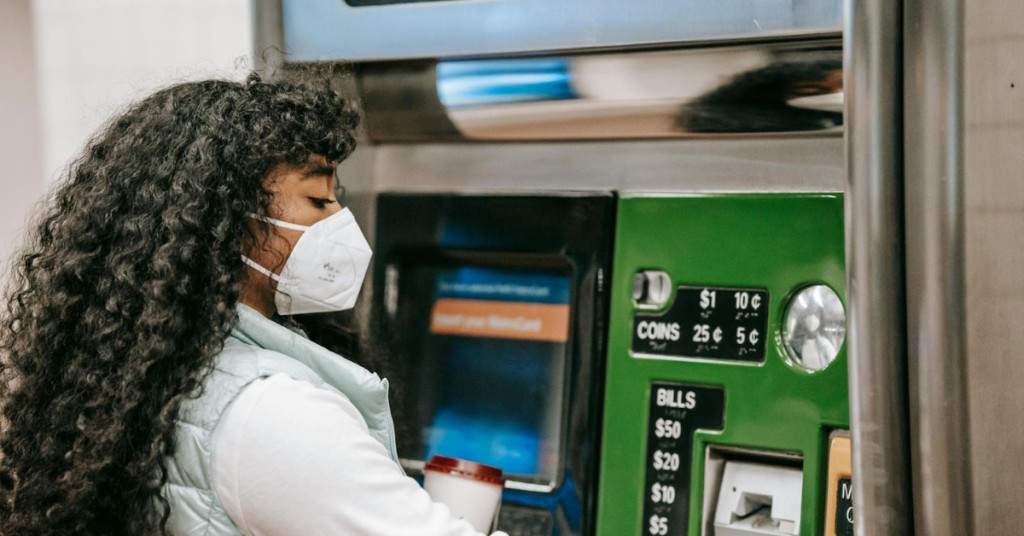Credit card cash advances can be costly. They typically include a front-end fee and higher APR than regular purchases; additionally, no grace period applies. Cash advances can be obtained either at an ATM or bank branch; card issuers usually restrict how much of your available credit can be used for cash advances in one month; this information should appear either on monthly statements or online banking apps.
Table of Contents
Norwegian banks
Norway is an inviting country to visit, boasting stunning fjords, Viking history and lively culture. Furthermore, Norway boasts an enviable standard of living with vibrant cities making it an attractive option for people relocating permanently – however this wealth comes at a cost in terms of increased costs for goods and services offered at various establishments.
If you are traveling to Norway, it’s essential that you bring some cash with you for times when credit cards won’t work. Carrying too much cash may pose a security risk and leave you vulnerable to thieves; therefore it is wise to plan ahead by withdrawing small amounts at ATMs (known as mini banks in Norway) often and slowly.
As Norwegian banks favor card payments, you should have no trouble finding an ATM to accept your credit or debit card. Using them for minibank uttak should be easy. Just ensure it comes equipped with the chip and pin feature; otherwise, upgrade it before traveling for faster and safer transactions than those requiring signature.
While cash advances may be available from most credit cards, they usually carry higher interest rates than regular purchases due to credit card companies’ rule that allows them to apply your payment first to balances with higher rates – an issue exacerbated by any introductory 0% APR period you might be on.
Many international credit cards provide fee-free ATM withdrawals, but you should read and understand all of the fine print carefully. Be aware of whether the card charges a foreign transaction fee as well as cash advance fees; understand its currency conversion rates; choose one with mid market exchange rates to ensure an honest experience and avoid getting scammed!

Norwegian currency
Norway uses the Norwegian Krone, making exchange money an arduous task upon arrival. To ease this process, consider getting a travel money card which works with local currency and can be used at most major shops, restaurants, hotels and public transport – and usually offer mid-market exchange rates with no hidden fees! You can order one online for delivery or pick it up directly at a branch or travel hub.
Credit and debit cards are widely accepted in Norway; however, cash should always be available as smaller purchases may not be possible or practical with credit cards alone. You can visit this site to learn more.
If you are planning a visit to Norway, it is essential to understand how your credit card handles ATM withdrawals and currency conversions. Some cards charge a flat fee for these transactions while others use a conversion rate that differs by country. If you anticipate making frequent withdrawals and currency conversions it would be prudent to locate one without such fees attached.
From Oslo to Bergen, Norway has plenty of ATMs for withdrawing cash. Within cities you’ll be able to locate them near major tourist spots or rural locations; generally speaking most Norwegian ATMs accept Visa, Master Card, Mastro debit cards as well as Cirrus Plus VISA Electron debit cards with four digit PIN numbers and some may offer English as an option whereas some do not.
Also Read: Fintechzoom TESLA Stock
When visiting Oslo, ATMs are plentiful throughout the city and surrounding areas. Most offer English language support and offer withdrawal limits each day; you may even use your bank’s ATM which may offer better rates.

Norwegian ATMs
ATMs can be found in every town and village throughout Norway, making your journey to get money easier. Some offer other services as well, like money transfers and depositing cheques. But before using these machines it’s important to keep in mind a few key details, like not knowing whether it works with your country’s bank card or charging an exit fee if withdrawing cash is involved – always carry local currency just in case!
Your fees when using a Norwegian ATM may differ significantly, depending on your credit card company and type of withdrawal transaction. Fees could include either a flat withdrawal fee or percentage of withdrawal amount imposed by them; additionally, cash advances do not come with grace periods and interest accrual begins immediately compared to regular purchases.
Although most Norwegian ATMs provide English-language interfaces, some may not. If this occurs to you, ask the attendant for assistance in finding the button or screen to press. Furthermore, seek directions to the closest English-language ATM or customer service representative, or try making a call using your card number listed on it.
When an ATM asks which currency you would like charged in, select Kroner so as not to incur the dynamic currency conversion (DCC) fee and get a better exchange rate by doing so.
Norwegian shops and restaurants accept major credit cards as well as Cirrus, Visa Electron, and Plus debit cards for purchases; however it’s always wise to carry some cash when traveling in rural areas or visiting small businesses.
Norway boasts numerous ATMs, from those at airports and hotels to shopping centres and central train stations. These machines accept most major credit and debit cards including American Express.
Norwegian card payments
Norway boasts a highly efficient domestic debit card system and banked population, contributing to their standing as leaders of the global card payments industry. Along with traditional payments cards such as Vipps and Klarna mobile apps are being used as well as now paying later services like Buy Now Pay Later so customers can plan out purchases over time.
The Norwegian card payments market is expanding at an impressive rate. At $121.1 billion in total value, this sector is projected to experience growth of more than 6% over the coming years, thanks to digital payments becoming an integral part of daily life in Norway.
Credit cards provide convenience and safety, but they also help consumers save money by incurring lower interest charges than other forms of debt.
Norwegians have taken full advantage of this potential savings opportunity; thus, the country’s average credit card balance has now reached $4,595! It is important to remember, however, that even debt such as credit card balances should be cleared off as soon as possible.
For best results when it comes to credit card debt avoidance, only use a credit card in emergency or essential circumstances. Your card company may then charge a cash advance fee which is usually either set-aside as an amount or percentage of what was withdrawn; additionally, borrowing up to your full credit limit won’t be possible as easily with cash advances as with regular purchases.
Credit cards may provide an easy and hassle-free payment solution, but be mindful that cash advances begin accruing interest immediately and it may be difficult to repay in a short amount of time if other bills need paying as well as your cash advance being placed against your credit score.
Norwegians looking to purchase items can utilize bank transfers – known as “giro transfer” in Norway – which provide fast and secure payments. Furthermore, SEPA (Single Euro Payments Area) makes money transfers among EU members much simpler.
When considering a travel pillow, prioritize comfort, portability, support, breathable and washable materials, an ergonomic design for various sleeping positions, and durability to ensure long-term use and hygiene.